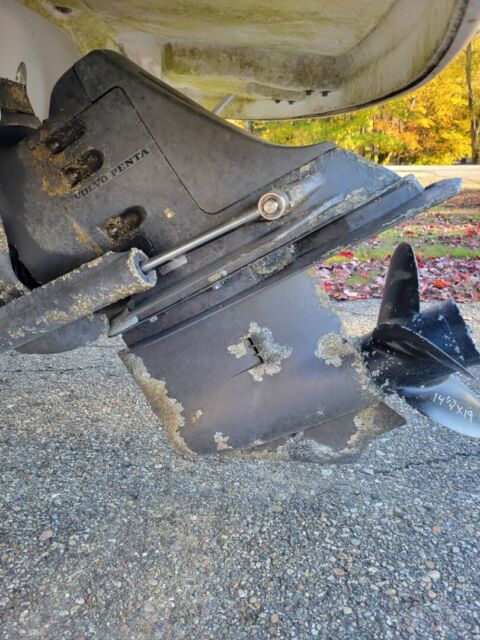The Problem of Pitting October 21, 2022

Used boat buyers will frequently check out the outdrive when considering a boat. I have had lots of customers point to the visible pitting on the outdrive and tell me “This boat has been in salt water.”
When I say “No, this has been a freshwater boat its whole life,” I get that very dubious look of disbelief.
There is a misconception that pitting only occurs on saltwater boats. Whether your boat is operated in fresh or salt water you will see pitting of different degrees on the outdrive.
Why is this? When two different kinds of metal are in contact with each other, like an aluminum outdrive and a stainless-steel propeller, and are immersed in water a weak electric current is formed between the two. As these electric currents flow in the water around the outdrive it will cause pitting, if the anodes are not maintained.
Anodes are essential to your motor’s overall health. The goal of the anode is to first sacrifice itself, before the dreaded pitting occurs on the outdrive. This may seem to be just a cosmetic issue, but if left unchecked major corrosion will start and then a hefty repair bill will follow.
Anodes come in three metals – aluminum, magnesium and zinc. It’s important to make sure you are using the correct one. Zinc is used in saltwater only; magnesium is used in fresh water only and aluminum can be used in both. The body of water (or waters) you boat in will dictate which metal to use.
Here at Fay’s Boat Yard, we recommend replacing your anodes when they are half eroded or dissolved. The speed at which they dissolve depends on many factors, like water temperature, usage, storage of your boat and the quality of the anode.
If you’re not sure it’s time to replace your anodes, reach out to our service department and they can help.


